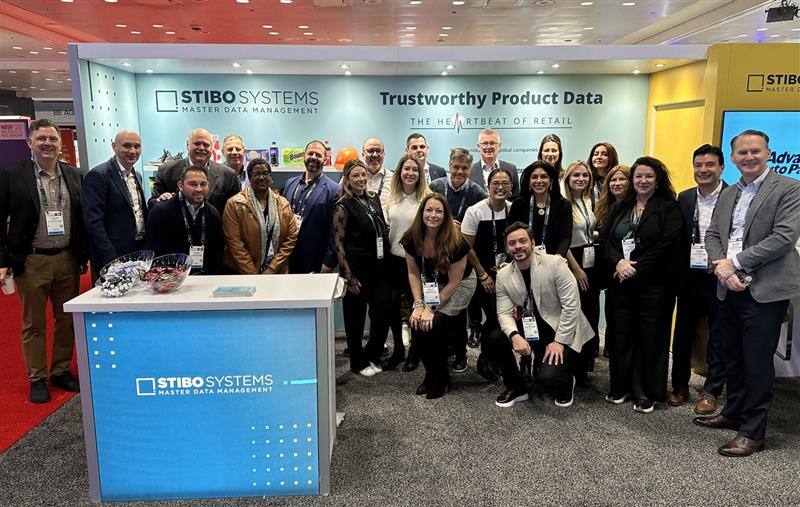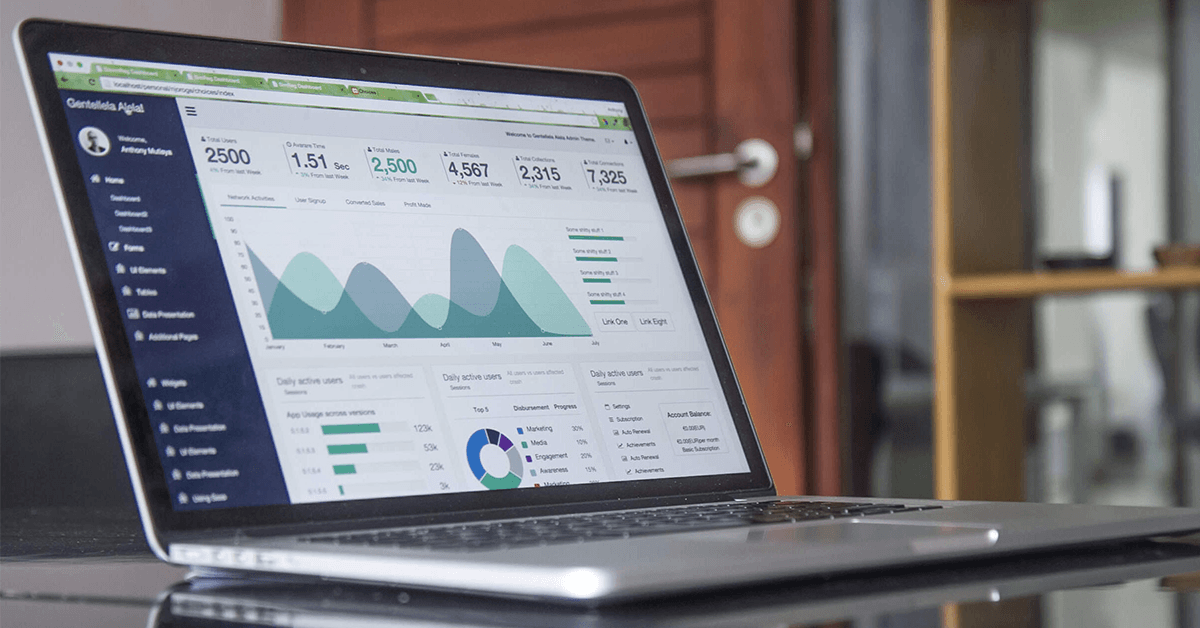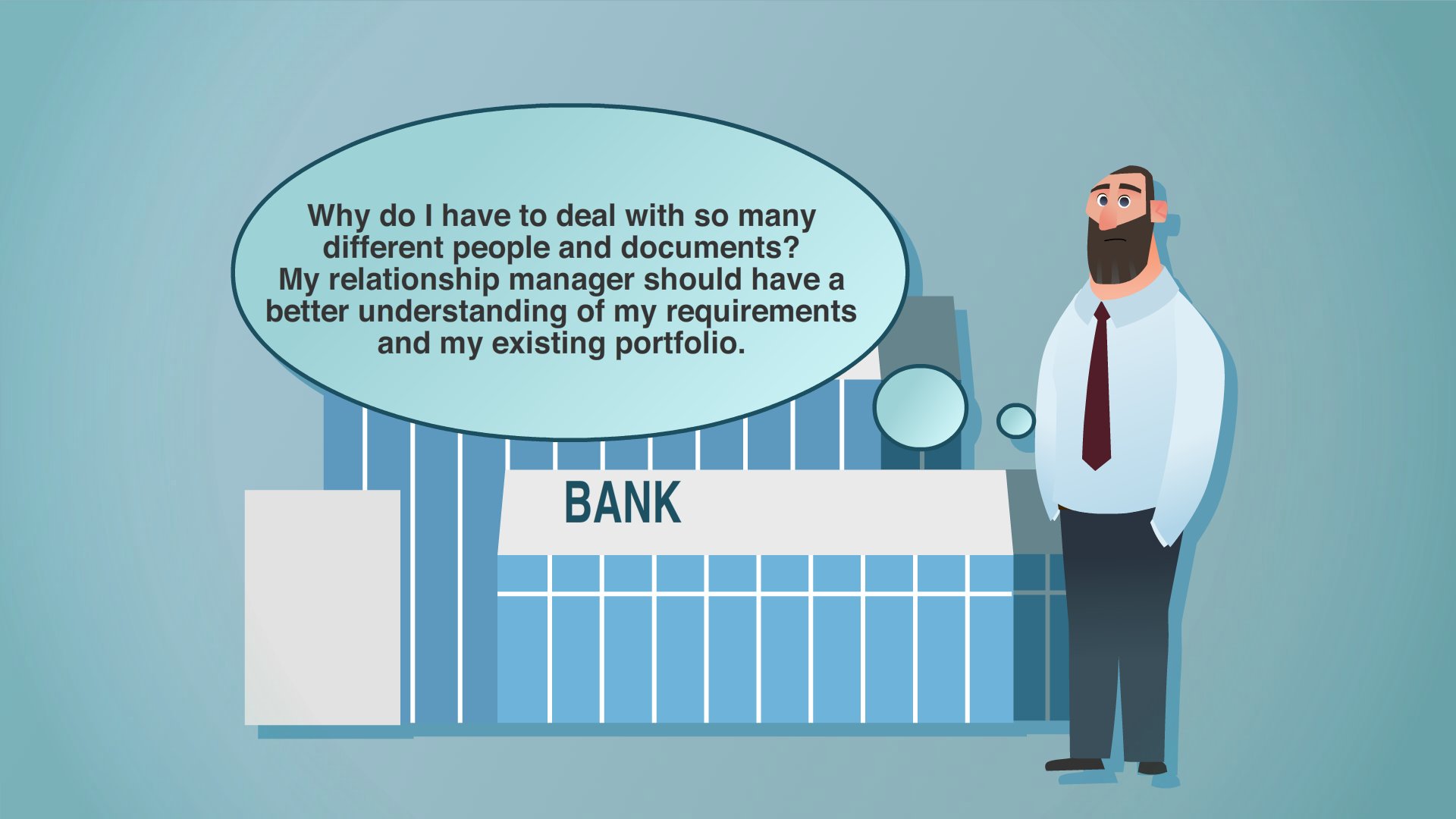Legacy systems and infrastructure. A complicated, disconnected tech stack. Siloed data and scalability challenges. Today's IT leaders face mounting pressure to streamline operations, boost efficiency and deliver data solutions — fast.
But with stretched timelines, fragmented systems and complex integrations, launching a new master data management (MDM) solution can feel daunting.
Don’t worry — we’re breaking it down. This step-by-step guide walks you through eight fundamental steps to successfully launch MDM across the enterprise in six months or less. We'll share clear, actionable guidance on how to get started fast, so you can start reaping the benefits of a scalable, cloud-based MDM solution.
The risks of delaying your MDM implementation
Whether you're looking to unify your tech stack, modernize your data architecture or scale sustainably, it all starts with effective master data management.
We get it — rolling out MDM across the enterprise can be time-consuming and even frustrating to try to get leadership on board. But when you put your MDM rollout on hold or delay the project indefinitely, you also slow down time to value.
That's not all. Delayed deployment poses quite a few risks, including:
- Operational inefficiencies
- Poor AI outputs
- Data quality issues that lead to poor decision-making, flawed insights and more
- Customer dissatisfaction and missed opportunities
- Regulatory compliance challenges
- A lack of unified data governance policies
- Data silos that prevent a single, trusted view of your data
- Increased costs associated with poor-quality data
- An inability to scale
As an IT leader, you're expected to deliver value faster than ever, especially in leading the charge toward digital transformation. A drawn-out implementation can stall those efforts and limit agility.
But if you can roll out MDM promptly, you can lay the foundation for scalable innovation and trustworthy data that allow for sustainable business growth.
So, how do you get there — and in less than six months? Let's go through, step by step, what you need to do to launch MDM quickly and confidently.
8 simple steps to go from zero to launch
Rolling out MDM doesn't have to be a years-long, drawn-out process. With the right partner and tools, you can speed up your deployment and start delivering real business impact in just a few weeks, not years.
These eight steps outline a tried-and-true approach to launching MDM in less than six months.

Step 1: Establish goals
Before you start on any MDM project, you'll want to outline clear goals that align with strategic business priorities and consider any potential hurdles, like:
- Competing priorities
- Resource constraints
- Data or process dependencies
- Technical limitations

Once you've finalized your objectives, use the SMART goals framework — specific, measurable, attainable, relevant and time-bound — to highlight what you hope to achieve with MDM.
For example, "Reduce data redundancy by 30% across systems within 10 months using a unified MDM platform" follows the SMART goals framework and clearly outlines the timeframe and expected results.
Step 2: Assemble the right people
You've set SMART goals that align with business objectives. Now it's time to bring together the right team — starting with IT leaders, data stewards and stakeholders who create, use and manage data.
Make sure you include people from marketing, sales, customer support and external partners — cross-functional collaboration is crucial for accelerating the rollout and enterprise-wide adoption.
As an IT leader, you'll need to make sure everyone understands their role, the overall objectives and the time commitment required for a successful deployment and long-term MDM success.
Step 3: Map and optimize processes
You wouldn't start any other project without some sort of project plan — MDM is no different. Before you configure your MDM solution, map out processes and workflows to avoid costly mistakes or needing additional resources partway through the project.
Work alongside your team to identify existing bottlenecks, gaps and opportunities in your workflows so you can plan for or optimize those parts of the process and make the MDM implementation even smoother.
Step 4: Identify data requirements
A crucial part of any MDM initiative is understanding your data landscape. What data do you need to publish to other systems or external parties? What data do you need to create or transform within MDM?
Examine your data sources (internal and external) to determine:
- Existing gaps in data quality or completeness
- Rules or constraints tied to specific types of data
- Ownership, accessibility and update frequency
- What types of data you have or need
- Whether you need multidomain MDM or to start with a single domain
Use this step to define your data sourcing and data modeling strategies — core capabilities of Stibo Systems Platform that'll help you build a centralized, trusted data foundation.
This step is also where you’ll need to connect overarching business objectives to data requirements and understand the use cases and how they connect to MDM.
Step 5: Plan the infrastructure
Whether you're already cloud-native or working with legacy systems, you'll want to take time to build out your infrastructure before you implement MDM.
Before implementation begins, define your instance strategy and identify the resources and environments you’ll need — development, QA, testing and production.
Stibo Systems’ cloud-native software-as-a-service (SaaS) architecture simplifies this process by eliminating the need for complex infrastructure planning and supporting seamless integration with your tech stack.
Don’t wait until the later stages of development to consider infrastructure. Early planning helps avoid delays and ensures your MDM solution is scalable, secure and able to support enterprise-wide adoption.
Step 6: Set project scope
Scope creep — project requirements or deliverable changes that increase the scope — can cause serious delays to your MDM rollout. To avoid scope creep, excessive costs and failure to get buy-in, document the project scope before you get started.
It should include clear and detailed information about:
- Timelines
- Roles and responsibilities
- A working data model
- Project management
Outline who will manage the project, coordinating activities and resources, tracking status and addressing issues and risks.
Step 7: Communicate
The best way to accelerate your launch? Keep everyone in the loop. Be in constant contact with the team and stakeholders and document any communications. Share milestones, progress reports, demonstrations and any other communication vital to project success.
Set a regular cadence to keep stakeholders, the project team, data consumers and executives updated.
Step 8: Test, test, test
Testing takes a while — don't underestimate how much time and effort it'll take to migrate data and build and test interfaces. But even before you start testing, make sure you have a comprehensive plan that aligns with the goals you outlined earlier.
To reduce the risk of errors, you'll need to get the data entering and exiting your MDM solution in the simplest form possible, which includes having a strong data migration strategy that lets you move from the testing environment to the production one.
And that's it. You're ready to go live. Once you do, monitor performance, gather feedback and continuously improve to get the absolute most value from your MDM solution.
How Stibo Systems helps you deploy MDM in less than 6 months
Stibo Systems Platform was built for both speed and scale. Our cloud-based architecture and multidomain capabilities help IT leaders deploy faster without compromising on data quality.
With pre-built integrations, onboarding accelerators and a proven onboarding methodology, we help you go from planning to production in less than six months.
And because the Stibo Systems Platform integrates seamlessly with legacy systems, you can avoid infrastructure delays altogether and start seeing value immediately.
Stibo Systems prioritizes trustworthy data, giving you the reliable data foundation you need to power AI, analytics and total digital transformation.
We also have a dedicated Delivery team and an extensive partner network to provide hands-on support throughout the onboarding process. Whether you’re integrating with legacy systems or building a modern data stack from scratch, we’ve got you covered — from start to launch.
Ready to launch?
Deploying MDM in under six months is possible — with the right strategy, tools and team. It can be tempting to skip steps or rush through when you're trying to implement MDM as fast as possible. But each step is crucial in expediting the launch without compromising on data quality.
Remember, speed doesn't mean you can (or should) cut corners. It's about working smarter. And these eight steps help you do just that by giving you a roadmap, making sure you consider everything and helping you detail a communication plan that keeps everyone updated.
The good news? You don't have to do it alone. Stibo Systems has decades of experience helping enterprise companies roll out MDM solutions. Want to see if we can help you onboard your MDM in just a few months? Get in touch.
Multidomain vs. Multiple-Domain MDM
Learn the key differences and which approach best fits your data strategy. This white paper helps IT leaders scale, govern and secure enterprise systems.






































































































































































































